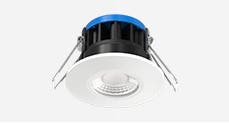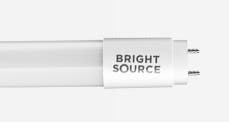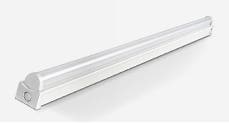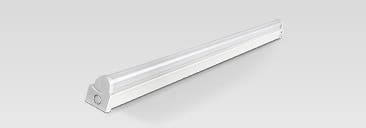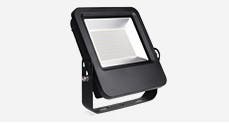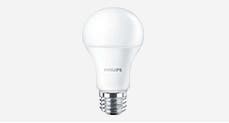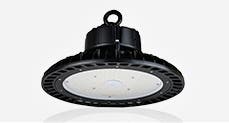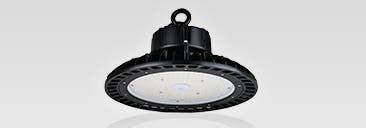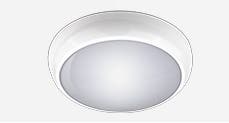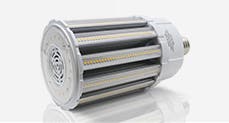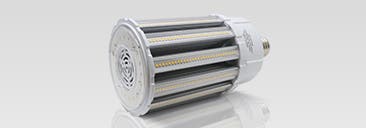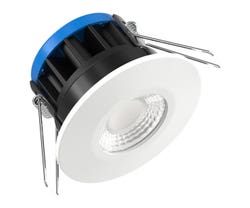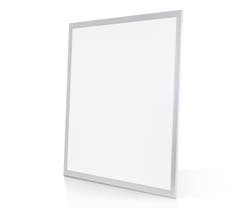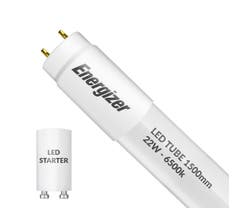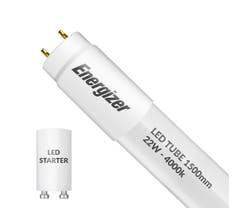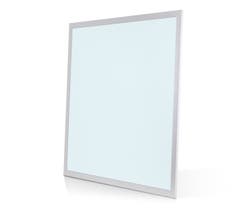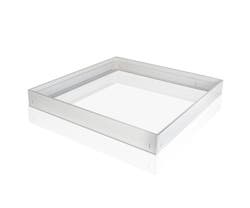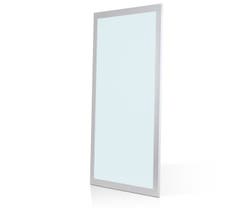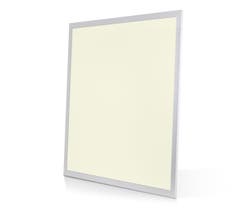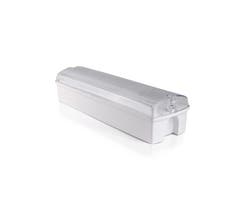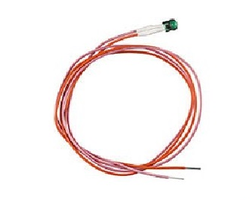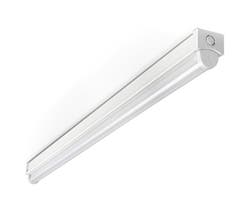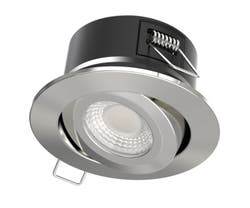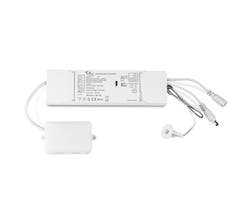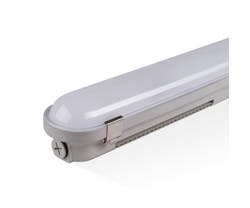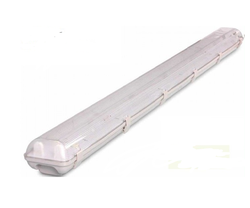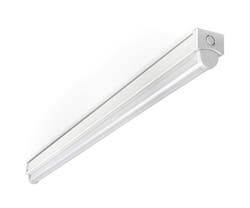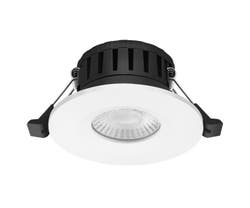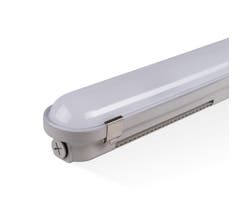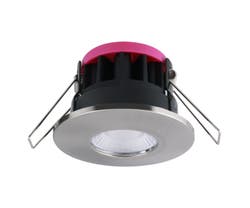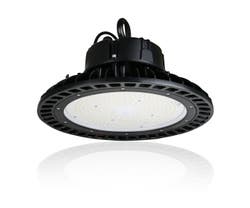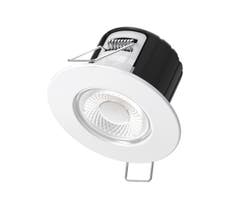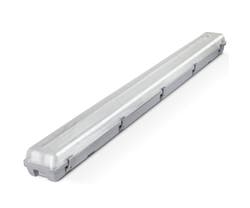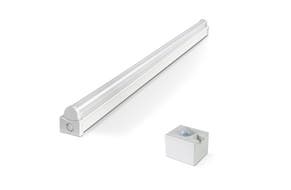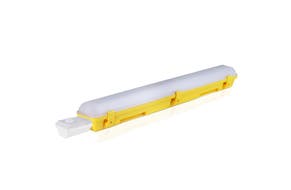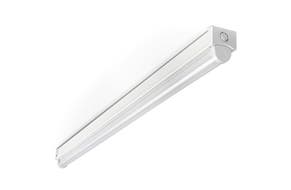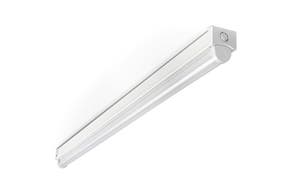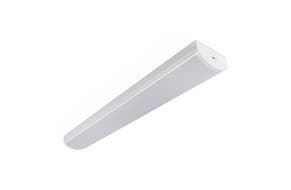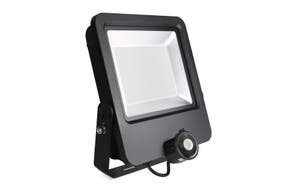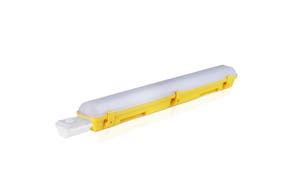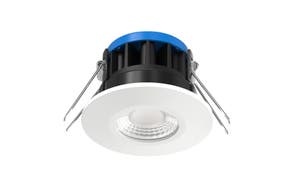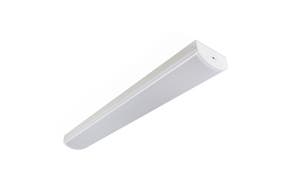LED Lighting
Welcome to LampShopOnline's extensive LED Lighting range. We offer a diverse selection of products, including popular LED Panels, Floodlights, Downlights, and various other LED Lamp types. Our collection suits both domestic and commercial needs, with options for indoor and outdoor use, boasting an IP65 rating for added durability.
Explore our LED lighting solutions, including Emergency LEDs, T8 Tubes, 2D Lamps, and PLC lamps. These innovative LED bulbs replace traditional Fluorescent Lamps, delivering better energy efficiency and cost savings. Switch to LED for a brighter, sustainable future. Enjoy up to a 5-year warranty on select LED products. Up to 5-year warranty on LED products below.
-
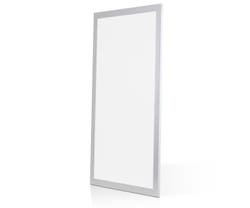 Bright Source 72w 4000k 1200x600 LED Panel (Driver Inc) - Cool White£32.92£39.50 As low as £35.56Out of stock
Bright Source 72w 4000k 1200x600 LED Panel (Driver Inc) - Cool White£32.92£39.50 As low as £35.56Out of stock
LED Lighting | Energy Efficient Lighting | LampShopOnline
What are LED Lights?
LED lights, standing for Light Emitting Diodes, mark a revolution in lighting technology. Moving away from the traditional reliance on heated filaments of incandescent bulbs, LED lights work through a fascinating process.
They operate by channelling electricity through a semiconductor material, which emits light as electrons move within it. This innovative approach not only elevates energy efficiency but also significantly extends the lifespan of the lights, lowers maintenance costs, and diminishes the environmental impact associated with traditional lighting solutions.
The diversity in shape, size, and colour options for LED lights underscores their adaptability, catering to a wide array of applications. Whether it's for illuminating a cosy living room, lighting up an office space, or enhancing the ambiance of commercial settings, LED lights offer a sustainable and versatile choice.
Their ability to blend seamlessly into both residential and commercial environments, while offering superior lighting quality and energy savings, positions LED lights as a pivotal component of modern, eco-friendly living and working spaces.
What are the benefits of LED Lights?
Choosing LED lighting brings a host of advantages, making it a superior choice over conventional lighting solutions. The standout benefit is their remarkable energy efficiency.
LED lights consume up to 90% less power compared to traditional incandescent bulbs. This efficiency translates into considerable energy savings, particularly beneficial in environments where lights remain on for many hours a day.
Another significant advantage is their longevity. LEDs can last up to 25 times longer than incandescent bulbs. This extended lifespan means fewer replacements, saving valuable time, and reducing maintenance costs. It's not just about efficiency and savings; LED lights also enhance the quality of lighting.
They offer superior light quality and come in a wide range of colour temperatures. Whether you're setting a warm, inviting atmosphere in a home or a bright, focused environment in an office, LEDs provide the flexibility to achieve the perfect ambiance.
Furthermore, LED lighting is kinder to our planet. Their energy efficiency and long lifespan mean a reduced carbon footprint and less waste. By choosing LED, you're not just illuminating your space; you're also making a greener choice for the environment.
Choosing the right LED Lights
Selecting the ideal LED lighting for your space involves understanding a few crucial factors: brightness, colour temperature, and energy efficiency.
-
Brightness: Measured in lumens, brightness is a key consideration. More lumens mean a brighter light. Depending on the area you're lighting, your needs may vary. For instance, accent lighting typically requires fewer lumens, creating a subtle effect, whereas areas like workspaces or kitchens will benefit from higher brightness levels for clear visibility.
-
Colour Temperature: This is indicated in Kelvin (K) and affects the light's colour hue. Warm colours (2,700–3,000K) emulate the cosy glow of traditional bulbs, making them perfect for living rooms or bedrooms where a relaxing ambiance is desired. On the other hand, cooler colours (4,000–5,000K) produce a brighter, more alert light, suitable for task lighting in offices or kitchens.
- Energy Efficiency: Consider the lumens-to-watts ratio to gauge a bulb’s efficiency. A higher ratio means more light output per watt of electricity, making it a more energy-efficient choice. This not only contributes to lower electricity bills but also supports environmental sustainability.
Additionally, consider the specific application of the LED lights. Different spaces and uses might require varying brightness levels, colour temperatures, and even bulb shapes. LEDs offer a versatile solution, from spotlighting artwork with a narrow beam angle to illuminating a large area with floodlights. By considering these aspects, you can tailor your LED lighting choices to perfectly suit both the functional needs and aesthetic qualities of your space, ensuring an optimal lighting environment.
LED Lighting Applications
The adaptability and efficiency of LED lights have paved the way for their use in a myriad of settings, both familiar and innovative.
-
Residential Applications: In homes, LED lighting transforms spaces with its versatility. It serves a variety of purposes, from creating a warm ambient atmosphere in living rooms to providing focused task lighting in kitchens and home offices to enhancing decor with accent lighting. Outdoor areas too benefit from LEDs, with options for garden lighting, security lights, and patio illumination that combine functionality with aesthetic appeal.
-
Commercial Use: The commercial sector greatly benefits from the efficiency and longevity of LED lighting. Office buildings, retail spaces, and warehouses utilise LEDs for their general lighting needs, creating environments that are both welcoming and well-lit. The reliability of LEDs also makes them ideal for emergency lighting systems, ensuring safety in commercial properties.
-
Public Spaces: The durability and low maintenance of LED lights make them a preferred choice for illuminating streets, parks, and monuments. Their long lifespan and energy efficiency align with the public sector's need for sustainable and cost-effective lighting solutions, enhancing safety and visibility in communal areas.
-
Innovative Applications: LED technology is at the forefront of innovation in lighting. It plays a crucial role in horticultural lighting, providing specific light spectra to boost plant growth indoors. Smart lighting systems, which allow for remote control and automation of lights, are made possible through the integration of LED technology, offering unparalleled convenience and energy savings.
-
Specialised Uses: Beyond these applications, LEDs are increasingly used in automotive lighting, signalling devices, and even in medical devices for therapeutic purposes. Their small size, efficiency, and ability to emit specific light wavelengths make them invaluable in specialised fields.
The wide-ranging applications of LED lights underscore their role in modern lighting solutions. Whether it's enhancing the comfort of our homes, supporting the functionality of commercial spaces, illuminating public areas, or powering innovation, LED lighting is a key component in shaping our illuminated world.
Environmental Impact of LED Lighting
LED lighting emerges as a beacon of environmental sustainability in the realm of lighting technologies. Its impact on the planet is a testament to the power of green innovation.
-
Reduced Energy Consumption: LED lights consume significantly less power compared to traditional lighting methods. This efficiency translates into a lower demand for electricity from power plants, which in turn decreases the volume of greenhouse gas emissions released into the atmosphere. This reduction is a critical step towards combating climate change.
-
Longevity Minimises Waste: The durability of LED bulbs is another cornerstone of their environmental benefit. With a lifespan that often exceeds that of traditional bulbs by up to 25 times, LEDs drastically reduce the frequency of replacements. This longevity means fewer resources are consumed in the production, packaging, and transportation of bulbs, and less waste ends up in landfills.
-
Non-Toxic Materials: Unlike fluorescent bulbs that contain mercury, a toxic element harmful to both human health and the environment, LEDs are free from hazardous substances. This makes them safer to use and easier to dispose of, reducing the potential for environmental contamination.
-
Energy to Light Conversion: LEDs excel at converting energy directly into light with minimal heat production, unlike incandescent bulbs, which waste a significant amount of energy as heat. This efficient conversion contributes further to energy savings and reduces the heat impact on surrounding environments.
-
Supporting Renewable Energy: The low power requirements of LED lighting complement the use of renewable energy sources, such as solar and wind power, making it easier and more efficient to integrate into green energy systems.
Switching to LED lighting is more than just an upgrade in illumination; it's a commitment to environmental stewardship. By adopting LED technology, individuals and organisations can play a pivotal role in reducing the ecological footprint of lighting, paving the way for a brighter, more sustainable future.



